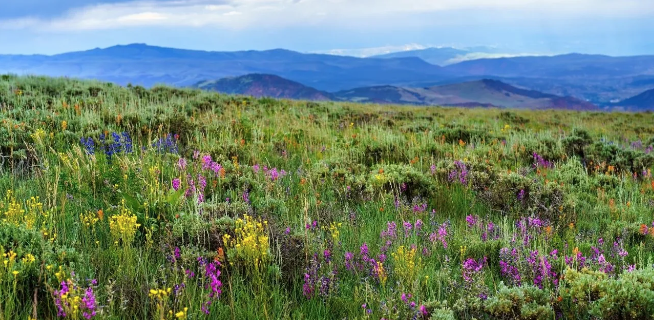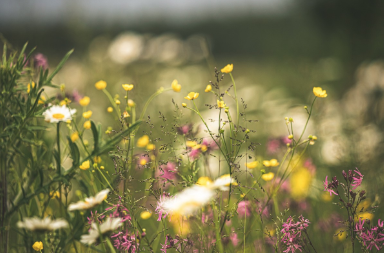Ditching Turf
Ditching Turf: A simple way to have massive environmental impact
The state of the environment is in crisis, it’s hard to think of a time that it wasn’t. Now more than ever, Americans are changing their habits on an individual level, and many homeowners are looking for ways to reduce their energy consumption and make an impact on their carbon footprint. The cost of adding solar panels to your home can come with a huge sticker shock. Many homeowners tend to think of this as the first solution to making their home more environmentally friendly, but the cost is a massive deterrent and can cause a spiral into being inactive on small changes that can be made that would have just as much of an influence, if not more than adding solar panels.
One of the largest impacts you can have on the environment is reducing lawn space. No, not necessarily purchasing a smaller yard, but changing how your yard looks and is maintained. The American lawn is the largest monoculture in the United States of America. Turf grass is ineffective at carbon sequestration due to its shallow roots and requires intensive maintenance through constant watering, cutting, and reseeding. While the maintenance of a lawn is an energy sink, having a monoculture is the root of the issue. It causes nutrient depletion, topsoil degradation, and increases the fragility of an ecosystem.

Photo by Christina Maggitas, March 2021
To change this, treat your yard as a native vegetation space. Native plants cycle nutrients in the soil properly, provide food and homes for local fauna, and are significantly less maintenance that a turf lawn. Because native plants are from the environment you reside in, they are already adapted to the local climate and soil conditions, requiring less water and fertilizer. The American lawn is so heavily maintained that per acre it can contain almost ten times more chemicals than commercial farmland. A popular alternative to turf grass that is not as intensive of an intervention as replacing it with wildflowers or Clover is highly attractive to local pollinators and is one of the most efficient plants at cycling soil nutrients.
By, Kay Kriegel intern extraordinaire @ Assembly.



